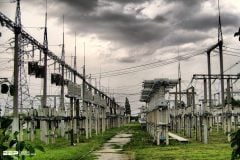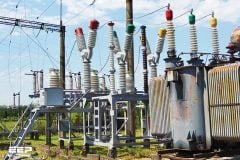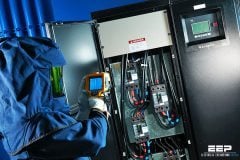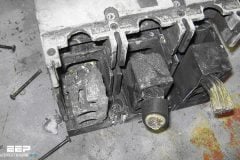Mobile substations in bad situations
Every nation has numerous vital facilities that are largely dependent on electricity to function. Infrastructures that are critical to a quick response to outages include the public health system, the communications sector, and government services like emergency first responders.
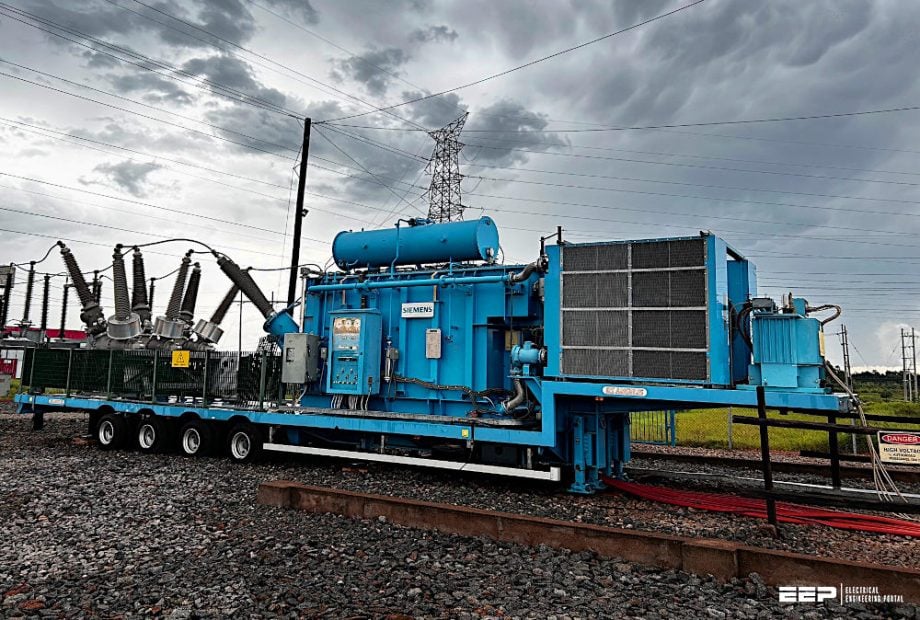
Nonetheless, the electric power sector, which owns and runs the substations where mobile substation systems would be utilized to repair damaged equipment or to temporary replace failed equipment, is the key infrastructure that would interact with these systems the most.
The electrical grid is a highly interconnected system that needs every part to function precisely in order to supply end consumers with power in a safe and effective manner. While power line failures account for the great majority of outages, substations, where numerous lines converge, are also quite vulnerable to system interruption.
Substations are nodal sites, meaning that many end customers might be impacted by a single failure.
Most single-transformer failures can normally be tolerated by the system due to its substantial redundancy; however, substations servicing areas with low load density might not have enough contingency to handle the loss.
- Applications of Mobile Substations:
- Urgent Replacement of Failed Equipment
- Duplicating Substation Functionality to Ease Outages
- Requirement for Temporary Additional Capacity
- Managing Immediate Load Demands
- Faster Grid Connections
- Reduced Construction Time
- Avoiding Stranded Assets
- Planned Maintenance
- Forced Outage Repairs
- Weather and Other Natural Outages
- Sabotage and Attacks
- Power Supply For Military Bases
- International Standards
- Common Transportation Limitations of Mobile Substations
- Setting Up the Site For Installation
- Design Guidelines for Mobile Substations
- BONUS (PDF) 🔗 Download Important procedures, check points, flow charts, suggestive tools-tackles, testing formats required for transport, storage, installation & erection, testing and commissioning of power transformer
1. Applications of Mobile Substations
Numerous utilities have recently used various types of “mobile” substations that are built off-site to a large extent. The main objective is to be able to construct new, extended, or replacement substations more quickly than with conventional methods, and to do it on short notice.
The capacity to adapt quickly to changing user needs is a key component of creating smarter grids for the twenty-first century, which is why transmission and distribution owners are under increasing pressure to do so.
There are three main kinds of mobile substations, which have many different uses:
- Mobile (for frequent relocation at short notice)
- Relocatable (for occasional relocation as planned works)
- Prefabricated (only for transfer from assembly area to site)
A utility would benefit greatly from owning and operating a mobile substation due to their versatility, which enables them to be readily transferred from one task to another. An mobile substation could be used for a variety of purposes:
1.1 Urgent Replacement of Failed Equipment
(Type 1)
When grid failures or outages occur due to component failures, natural disasters, or even terrorist attacks, a swift response is necessary. A mobile substation can be easily transported to the affected site and high-voltage connections can be established through a simple interface, such as outdoor bushings.
For these applications, the mobile substation is used as a backup unit to minimize the effects of power outages (Figure 1).
Figure 1 – Emergency mobile substation being transported to site
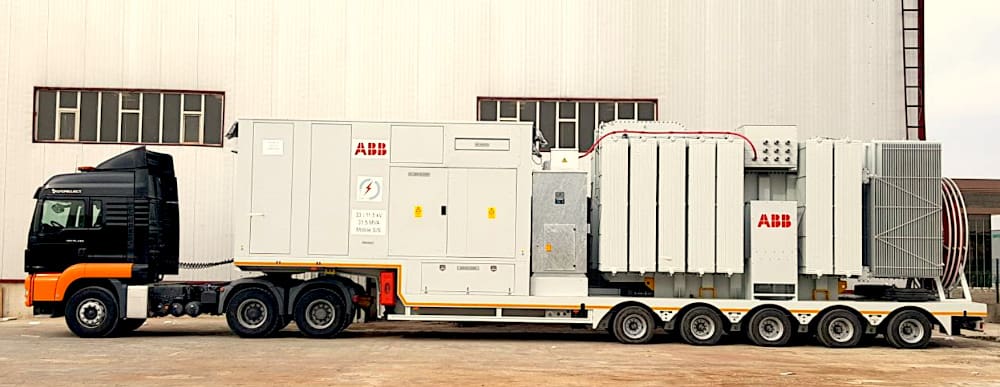

1.2 Duplicating Substation Functionality to Ease Outages
(Type 2)
Mobile substations can help reduce the impact of planned outages. By utilizing the mobile substation as a replacement for the equipment undergoing maintenance, the affected circuit (such as a line, transformer, or generating unit) can continue to operate for a significant portion of the work.
This procedure is best suited for mid- and long-term projects, such as refurbishment and replacement of substation components (Figure 2).
Figure 2 – Mobile substation next to main substation
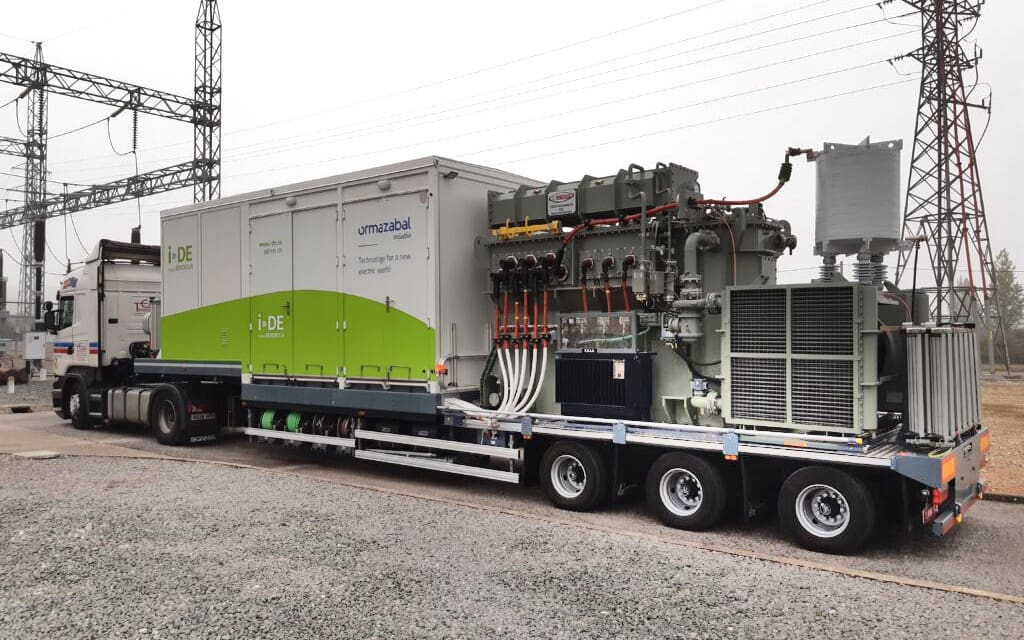

1.3 Requirement for Temporary Additional Capacity
(Type 1 or Type 2)
A mobile substation is a valuable tool for utility companies, enabling them to swiftly address fluctuations in demand by providing temporary power supplies during the construction of a permanent substation. In addition, a mobile substation can be utilized to address increased power requirements caused by seasonal loadings or special events.
See Figure 3.
Mobile substation systems are often utilized in situations where there is a temporary surge in power demand that is projected to last for a limited period, typically ranging from a few months to a couple of years.
Another example is to quickly enhance substation capacity during peak load conditions before substation upgrades, in situations where equipment deliveries were delayed or other issues occurred that hindered the capacity expansion.
Figure 3 – Mobile substation being used to meet additional power demand
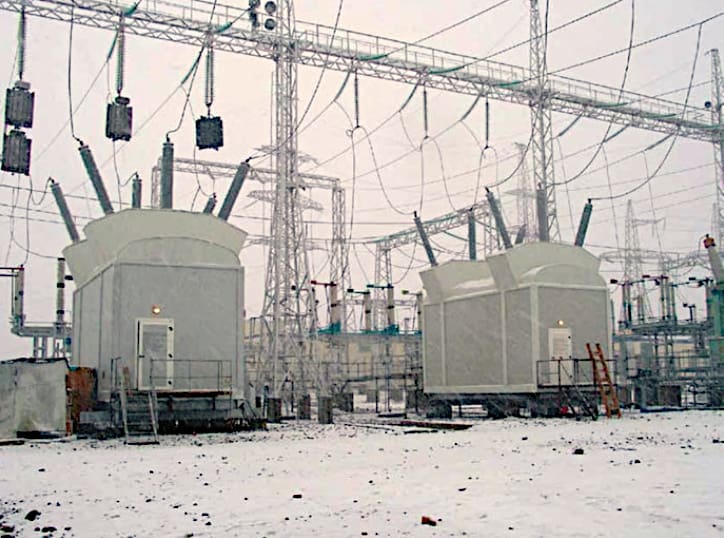

1.4 Managing Immediate Load Demands
(Type 2)
One of the challenges in the field of transmission and distribution is ensuring the efficient provision of power for immediate customer demands. This could involve a customer, like a remote mining site, that needs power for several years but doesn’t anticipate a lifespan exceeding 15 years. Considering the economic factors, it may not be cost-effective for the utility to invest in a permanent substation.
Instead, a mobile substation that can be easily relocated seems to be a more justified option.


